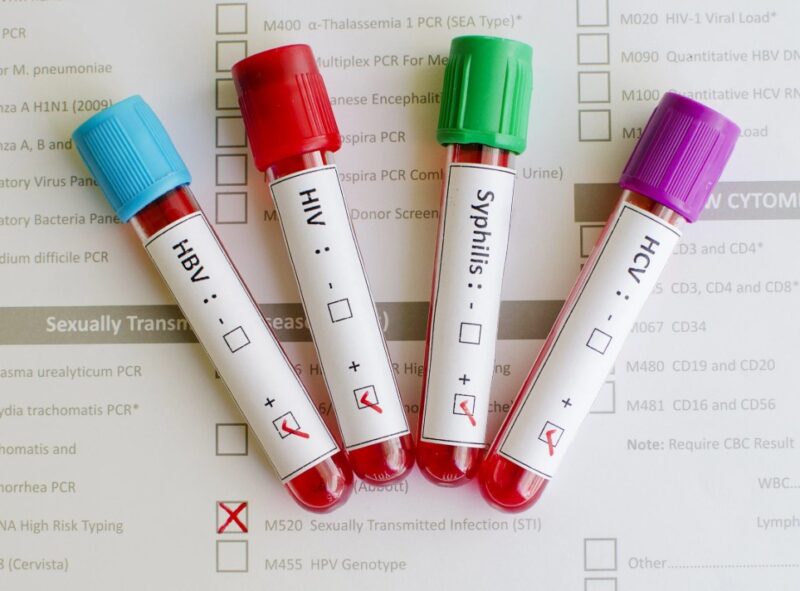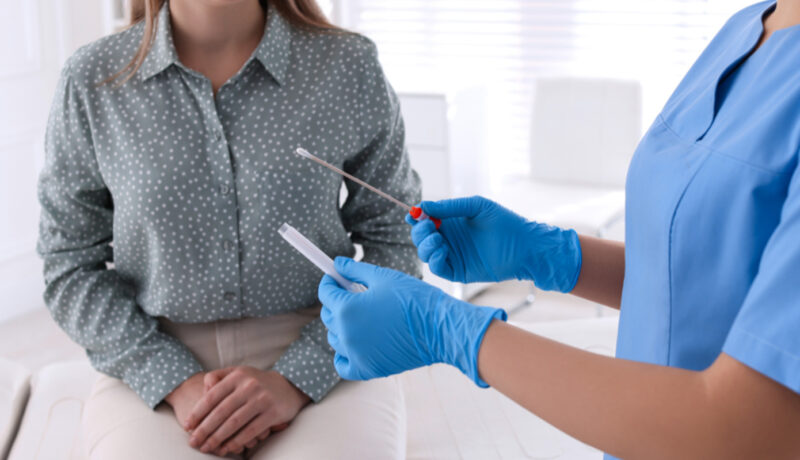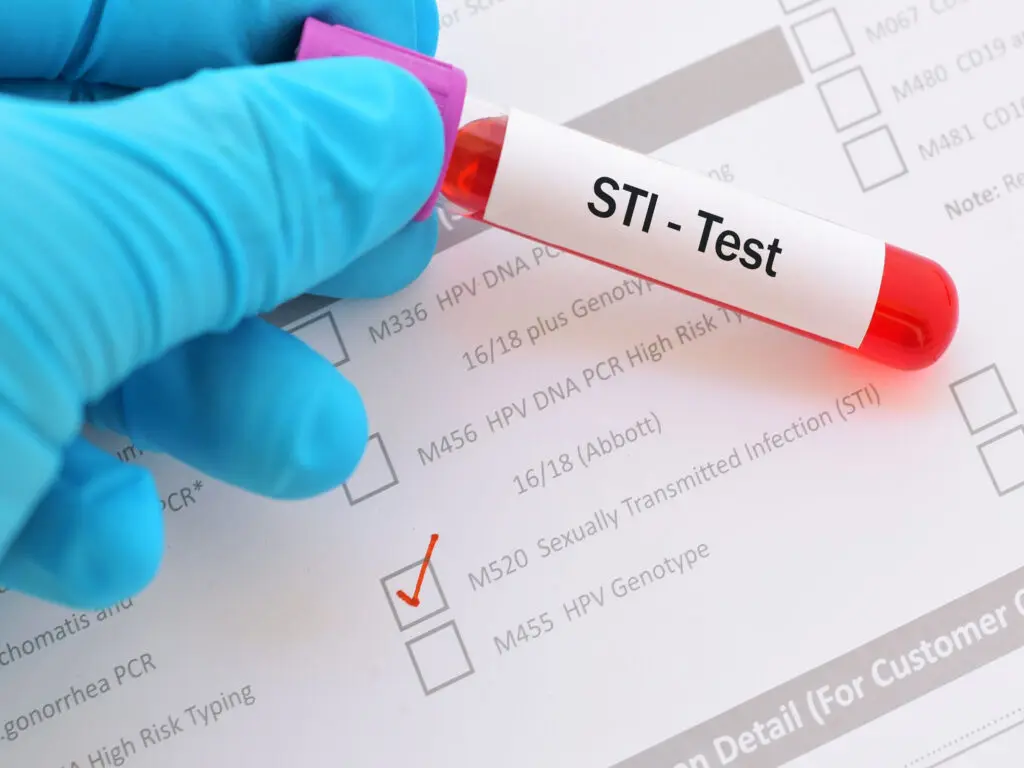Let’s be honest, talking about sexually transmitted diseases (STDs) can feel uncomfortable. But the reality is, STDs are a lot more common than most people realise. They can affect anyone, no matter your age, gender, or the nature of your sexual relationships. If you are sexually active, there is a chance you could be exposed.
Still, many people put off getting tested. Maybe it is because of the stigma, or because most STDs do not show clear symptoms. Or maybe you are just unsure about how often you actually need to get checked. If that sounds like you, you are definitely not alone.
So, how often should you go for an STD test? There is no single answer for everyone. It really depends on your personal situation, including your sexual habits, relationship status, and overall risk level. Let’s go through what you need to know so you can make informed choices about your health.
Why Is STD Testing Important?

Getting tested for STDs is an important step in looking after your health. It is not just about responding to symptoms. It is about staying informed, acting early, and making responsible choices for yourself and others.
Here is why regular STD testing matters:
- Many STDs do not cause symptoms. Infections like chlamydia, gonorrhoea, syphilis, HIV, and herpes can go unnoticed for a long time. You might feel completely fine but still carry and transmit an infection.
- Some STDs are not curable. Infections such as HIV and herpes stay in the body. While they can be managed with treatment, they cannot be fully cleared. Early diagnosis allows you to start care that can reduce symptoms, protect your immune system, and lower the chance of passing it on.
- Untreated STDs can lead to serious health problems. Long-term complications can include infertility, chronic pelvic pain, pregnancy complications, or increased risk of other infections like HIV.
- Testing helps protect your partners. When you know your status, you can be upfront with your partners, make safer decisions together, and reduce the risk of unknowingly passing something on.
- It supports your overall well-being. Getting tested regularly gives you clarity and peace of mind. It is also a responsible habit that encourages open communication and trust in relationships.
How Often Should You Test for STDs?

There is no single rule that fits everyone. How often you should get tested for STDs depends on your lifestyle and health status. Here are some common situations and what they typically call for:
1. If You Are in a Long-Term, Monogamous Relationship
If you and your partner are in a committed, monogamous relationship and both tested negative for STDs before becoming exclusive, regular testing may not be necessary. However, if either of you has had other partners since your last test or there is any uncertainty about exclusivity, it is wise to get checked.
Many people choose to test at the start of a new relationship and again annually for peace of mind. If symptoms appear or concerns arise, it is best to get tested as soon as possible.
2. If You Have New or Multiple Partners
If you are seeing multiple partners or frequently starting new sexual relationships, it is a good idea to get tested every three to six months. Having more partners increases your chances of exposure, even if you consistently use protection.
Getting tested before becoming intimate with a new partner is also a responsible step. Regular testing helps you stay informed and reduces the risk of passing on an infection without knowing it.
3. If You Notice Symptoms That Might Be Related to an STD
You should get tested promptly if you notice any of the following:
- Pain or burning when you urinate
- Unusual discharge from the penis or vagina
- Sores, ulcers, or blisters in the genital area
- Pain during sex
- Itching, swelling, or rashes near the genitals or anus
- Flu-like symptoms, swollen lymph nodes, or unexplained fatigue
Even if these symptoms go away on their own, it is still important to get checked. Some infections can remain in the body without obvious signs and lead to complications later. Testing is the only reliable way to know for sure.
4. If Your Partner Has Been Diagnosed With an STD
If someone you have had sexual contact with tests positive for an STD, you should get tested as well, even if you have no symptoms. Some infections take time to appear or may not cause any noticeable signs.
Testing early allows for timely treatment and helps prevent passing the infection to others. For some STDs, such as chlamydia, your doctor may also suggest a follow-up test after treatment to confirm the infection has cleared.
5. If You Are Pregnant
STD testing is a standard part of prenatal care. At your first antenatal visit, your doctor will usually recommend tests for HIV, syphilis, and hepatitis B. Depending on your risk level, screening for chlamydia and gonorrhoea may also be suggested.
Some infections can be passed to the baby during birth and may cause serious health problems. Testing early in pregnancy helps protect both you and your baby. If your risk changes later on, your doctor may recommend additional testing.
What Types of Tests Are Involved?

STD testing is usually simple and may involve the following:
- Urine samples for chlamydia and gonorrhoea
- Blood tests for HIV, syphilis, and hepatitis
- Swabs of the throat, rectum, vagina, or penis for certain bacterial infections
You will not need every test each time. Your doctor will recommend what is appropriate based on your symptoms, history, and risk level. Most tests are quick, discreet, and involve minimal discomfort.
Does Using Protection Eliminate the Need for Testing?
Using condoms or dental dams correctly greatly reduces the risk of many STDs. However, they do not offer full protection. Infections like herpes, syphilis, and HPV can spread through skin-to-skin contact, even with condom use.
Oral sex can also transmit STDs, and protection is often not used during these encounters. Because of these risks, regular testing is still an important part of maintaining your sexual health, even if you always use protection.
Platforms like Evvy promote a broader understanding of reproductive and sexual wellbeing, helping people take a more proactive approach to their health.
Can You Reduce Your Risk Without Frequent Testing?
You can lower your chances of getting an STD by adopting safer practices. Here are steps that help reduce your overall risk:
- Limit your number of sexual partners
- Use condoms or dental dams correctly every time you have sex
- Avoid sharing intimate toys, or disinfect them between uses
- Get vaccinated for HPV and hepatitis B if you are eligible
- Have open conversations about sexual history and testing with new partners
These measures reduce the likelihood of exposure, but they do not offer complete protection. Some STDs can spread through skin-to-skin contact or oral sex, even when protection is used. That is why regular testing is still important.

Summary ─ Making STD Testing a Normal Part of Life
Getting an STD test is not something to avoid or delay. How often you need to test depends on your lifestyle, your relationships, and your level of risk. Whether you are in a long-term relationship, starting something new, or simply staying on top of your health, regular testing brings peace of mind and helps you make informed decisions.
If you are ever unsure, talk to a doctor. They can guide you on which tests are right for you and how often to get them. By making STD testing a regular part of your routine, you are taking care of yourself and looking out for others too.

